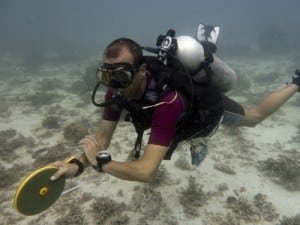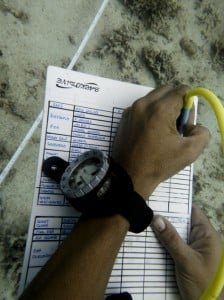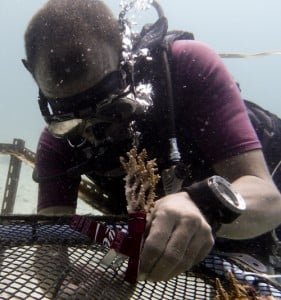If I taught your Open Water Course you will know how I love talking about the ocean and the environment.
I have the privilege of being in the position to see the state of the ocean every day and I know what I’m looking at is my life system, the thing that’s keeping me, you and everyone else alive. As divers we buy good equipment because it allows to go diving and is going to keep us alive when we do. We get it serviced regularly to make sure it keeps on keeping us alive. Before we go diving we put our equipment together and check it all to make sure it’s working properly, we do good buddy checks to make sure it’s all working properly because it’s the thing that’s keeping us alive. Away from diving we seem to have forgotten to check what’s keeping us alive, our oceans. And that’s kinda how I came to be teaching BSAC Marine Conservation.

Buoyancy is a critical skill for any diver, not only does it ensure a more efficient dive more importantly good buoyancy protects the fragile reef environment.This is why it goes hand in hand with the BSAC Marine Conservation course.
The first day of the BSAC Marine Conservation course starts learning about the ocean environment. You learn about the restrictions for life distribution, how energy flows throughout the oceans and the importance of biodiversity. You will also understand coral reef biology and ecology, the determining factors in distribution and diversity and identifying the relationships and behaviors of different organisms.
Underwater we look at zonation, to understand where different growth forms live on the reef. From the solitary corals and fans down at 30 meters up to the corals at or near the surface that are more light dependent, you’ll understand why it looks and grows where it does.

We also look at one vertebrate and one invertebrate and understand why they live where they do, why they look like they do, what they eat, what other aquatic life do they interact with, what the relationship is between them and what jobs to they perform. We head out on a night dive too so that we get to see the coral come alive. Being nocturnal this is the time coral comes out to feed and it’s a fantastic to see.
We follow this with learning about surveying techniques which are vital for checking the health of the coral reefs. One way to practice is to count all the invertebrates along a 100 meter transect line. Finally we learn about conservation techniques, Koh Tao is a great place to do this as we have many types of coral nurseries and artificial reefs from Junkyard Reef to Buoyancy World and the reef balls at Tanote Bay. We also have artificial reef like the HTMS Sattakut sunk last year and an example of a third generation artificial reef like Bio Rock.

This is more than just a feel good course; you’ll really come away with new knowledge and skills and really appreciate the value and uniqueness of the oceans and reefs. That’s why I love teaching it, if you fancy learning more about this contact us for more details.
To keep up to date with all our environmental projects check out the environmental category on our blog and dont forget to check out our campaign #Random Acts Of Conservation.